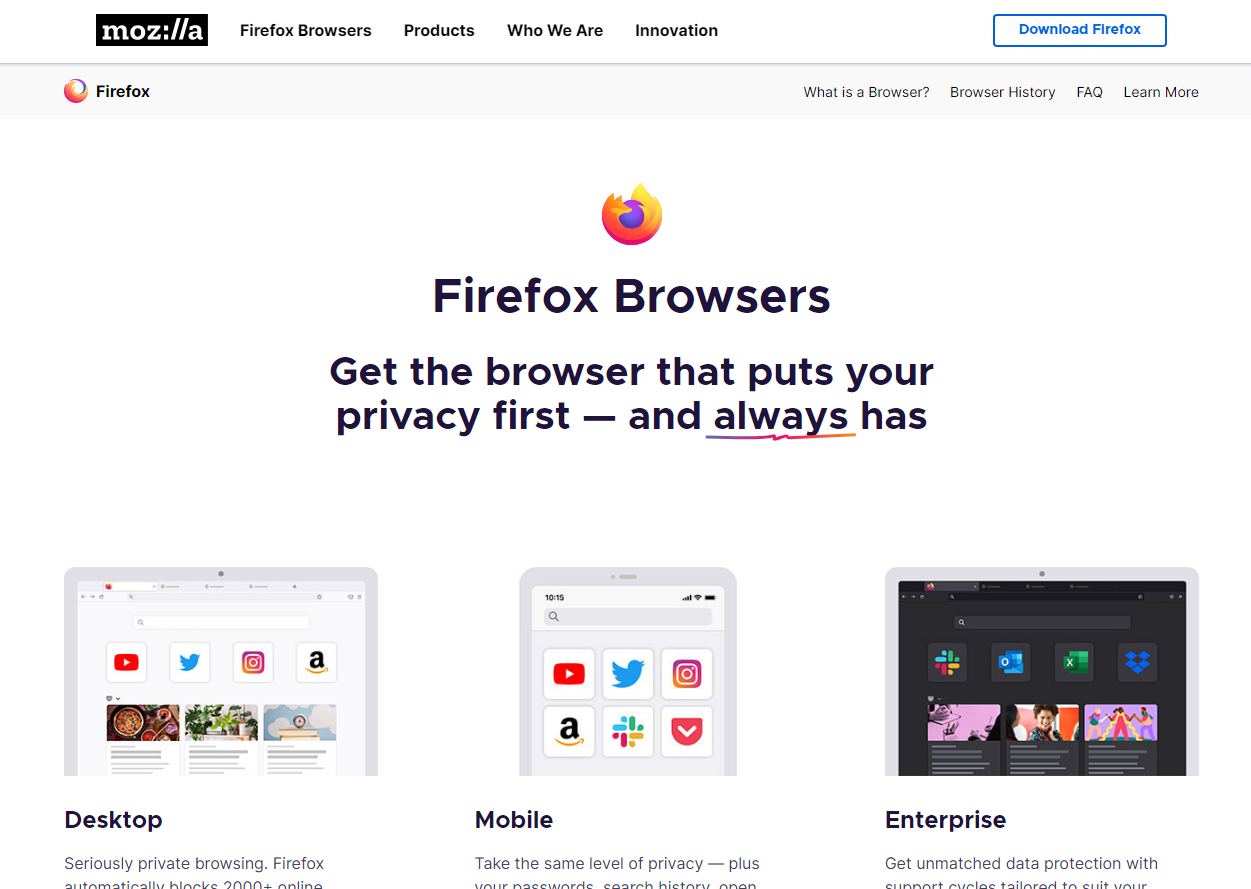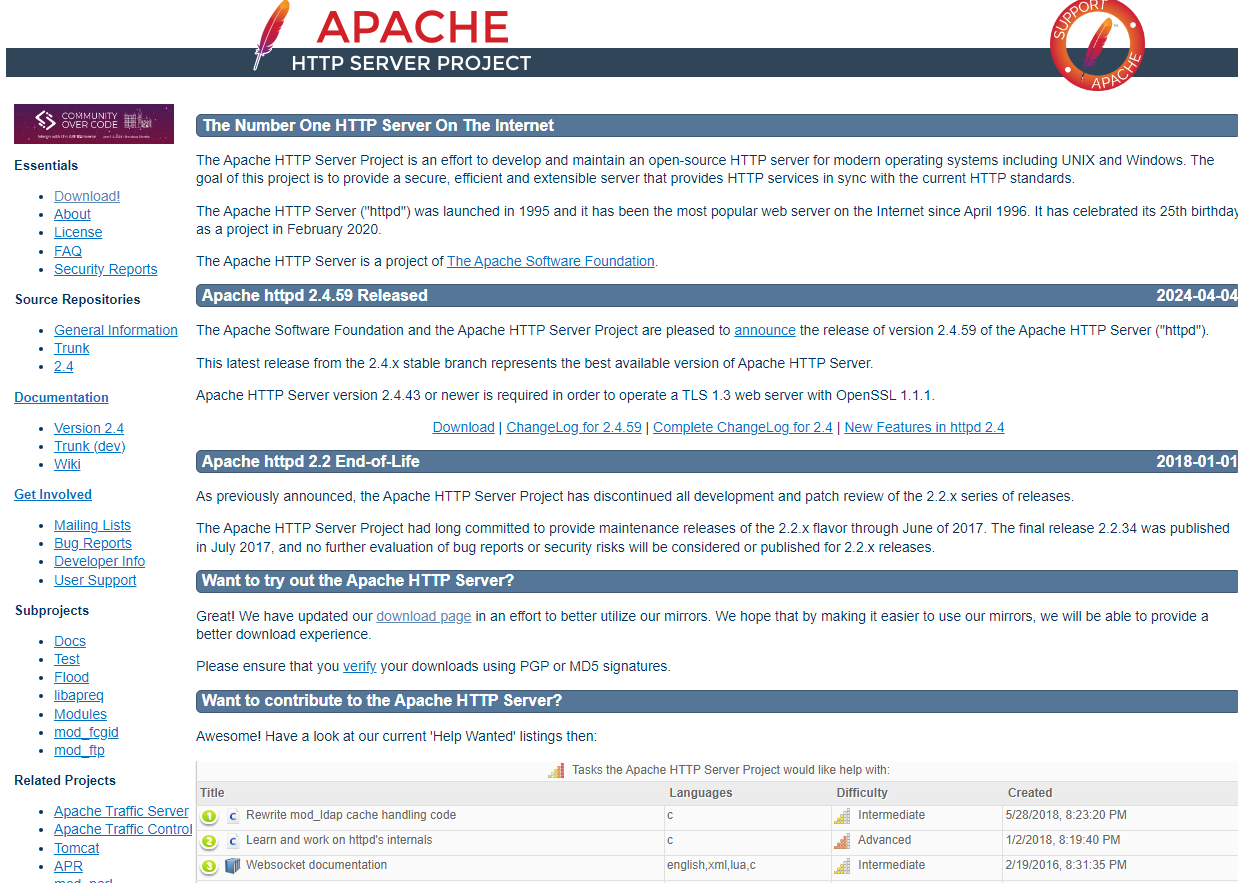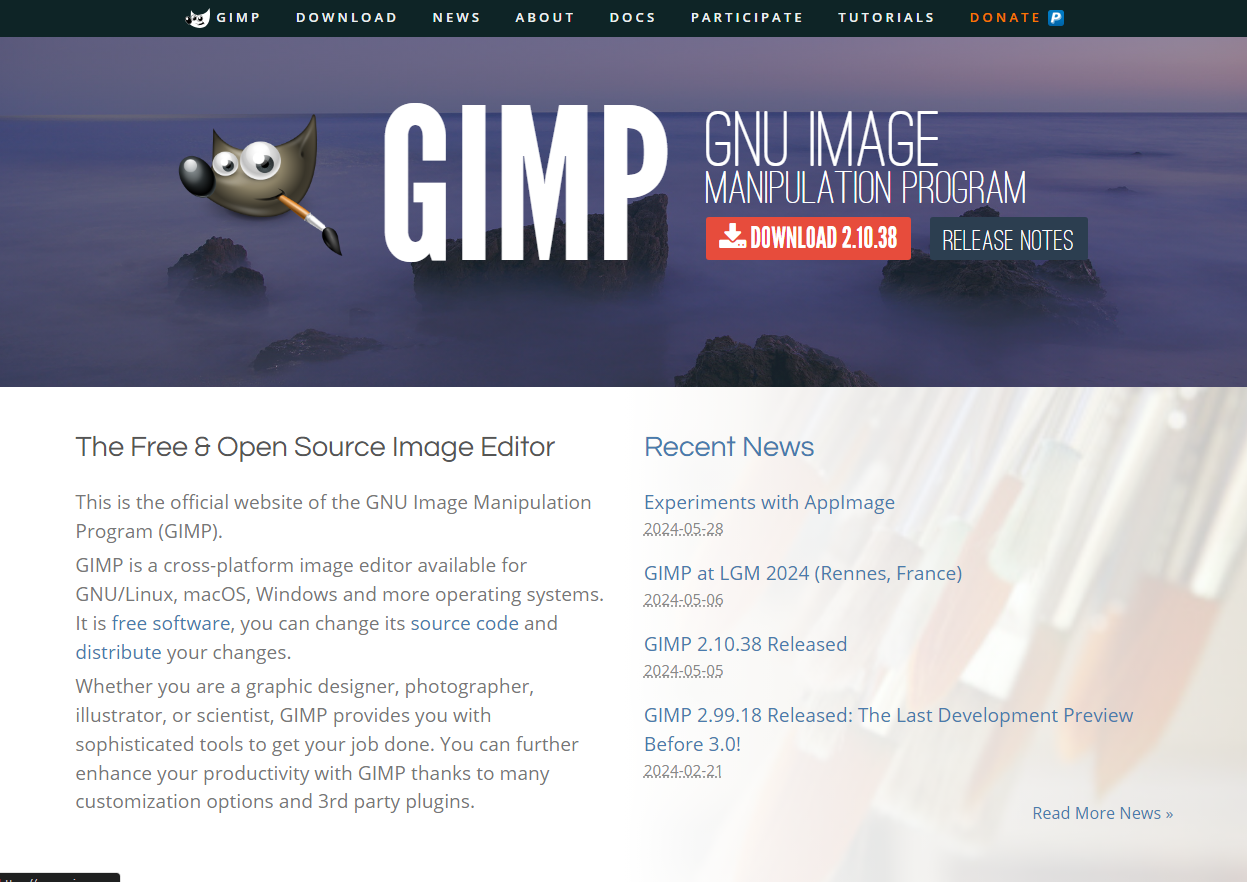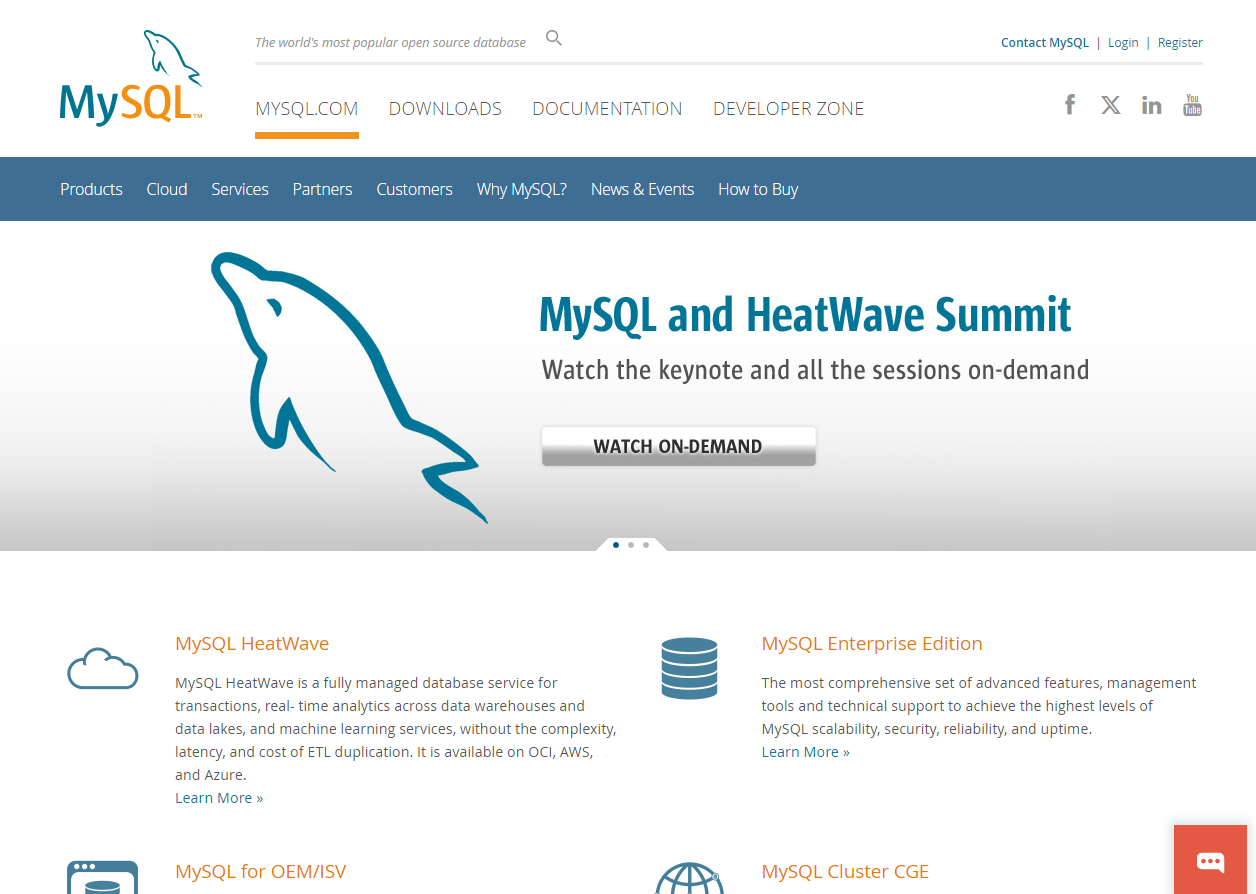Have you ever scratched your head asking yourself, what is open source software? Well am here to spell it all out for you and give you the top examples I could find. Make sure after this you Brag to fellow developers!! Open source software has become a cornerstone of modern technology, offering robust, flexible, and cost-effective solutions that drive innovation and collaboration across various industries. By providing access to the source code, open source projects enable developers to study, modify, and distribute software freely, fostering a culture of shared knowledge and community-driven development. In this blog, we'll explore some notable examples of open source software, highlighting their features, benefits, and impact on the tech landscape.
Categories
Will be included soon!! 😊
What does open source mean?
Open source refers to a type of software license and development model that allows users to freely access, modify, and distribute the software's source code.
Now Then: What is Open Source Software?
Put Simply, Open source software is software that is released with a license that allows anyone to view, modify, and distribute the source code.
Benefits of Open Source Software
- Cost Effective
- Flexibility
- Security
- Community Support
Open source software is usually free to use, reducing costs for businesses and individuals.
Users can customize software to meet specific needs.
Open source software allows for public scrutiny, which can lead to more secure and reliable software.
Large communities often provide extensive support and documentation.

Open Source Software Examples
1. Linux
Description:
Linux is a family of open source Unix-like operating systems based on the Linux kernel. It powers a significant portion of the world's servers and is the foundation for many other operating systems, including Android.
Features:
- Extensive support for various hardware platforms.
- Highly customizable and secure.
- Widely used for servers, desktops, and embedded systems.
Impact: Linux has revolutionized the server market, providing a robust and flexible alternative to proprietary operating systems. It supports the infrastructure of major tech companies and powers critical systems across the globe.

2. WordPress
Description:
WordPress is an open source content management system (CMS) that powers over 40% of the websites on the internet. It is renowned for its ease of use and extensibility through themes and plugins.
Features:
- User-friendly interface for content creation.
- SEO-friendly and highly customizable.
- Extensive plugin ecosystem for adding functionality.
Impact: WordPress has democratized web publishing, allowing individuals and businesses to create professional websites without needing extensive technical knowledge.

3. Mozilla Firefox
Description:
Firefox is an open source web browser developed by the Mozilla Foundation. It is known for its speed, security, and support for a wide range of web standards.
Features:
- Fast and secure browsing experience.
- Extensive library of add-ons and themes.
- Regular updates with new features and security improvements.
Impact: Firefox has been a key player in promoting open web standards and providing users with a secure and customizable browsing experience.

4. Apache HTTP Server
Description:
The Apache HTTP Server is a free and open source web server that is used to serve a significant portion of the world's websites. It is known for its robustness, security, and flexibility. Apache HTTP Server is also used for local development allowing realtime server and database connections during the development process, making application testing easy.
Features:
- High performance.
- Comprehensive documentation and community support.
- Gives a great environment for local development.
Impact: Apache HTTP Server has played a crucial role in the growth of the World Wide Web, providing a reliable platform for web applications testing and development before and after deployment.

5. GIMP (GNU Image Manipulation Program)
Description:
GIMP is a powerful open source image editor that provides features similar to Adobe Photoshop. It is used for tasks such as photo retouching, image composition, and image authoring.
Features:
- Advanced photo editing and graphic design tools.
- Supports a wide range of file formats.
- Customizable interface with plugins for added functionality.
Impact: GIMP offers a free alternative to expensive image editing software, making high-quality image manipulation accessible to everyone.

6. Git
Description:
Git is an open source distributed version control system used to track changes in source code during software development. It allows multiple developers to work on a project simultaneously.
Features:
- Supports collaboration through repositories.
- Reliable and fast performance.
- Powerful branching and merging capabilities.
Impact: Git has transformed the way developers collaborate on projects, making it easier to manage code and track changes across teams.

7. MYSQL
Description:
MySQLMySQL is an open source relational database management system used for managing and organizing data. It is widely used in web applications allowing easy database connections and management, and is a central component of the LAMP stack.
Features:
- Robust and scalable database management.
- Supports various storage engines for flexibility.
- High performance and reliability.
Impact: MySQL has empowered developers to create dynamic and data-driven websites and applications through storing and retrieving data from databases, playing a key role in the success of many online services.

8. Blender
Description:
You may ask, "Is Blender open source?" Yes, Blender is an open source software for 3D modeling, animation, rendering, and more. It is widely used in the fields of animation, video games, and visual effects.
Features:
- Cross-platform compatibility.
- Comprehensive set of tools for 3D creation.
- Supports a wide range of file formats.
Impact: Blender has democratized 3D content creation, providing powerful tools for artists and designers without the need for expensive software.

9. VLC Media Player
Description:
VLC is an open source multimedia player that supports a wide variety of audio and video formats without the need for additional codecs.
Features:
- Cross-platform compatibility.
- Supports streaming and various media formats.
- Simple and intuitive interface.
Impact: VLC Media Player is a free software and is widely used for media playback, offering a versatile and reliable solution for watching videos and listening to music.
| Software | Description | Key Features | Impact |
|---|---|---|---|
| Linux (OS) | Unix-like operating system | Customizable, secure, supports various platforms | Powers servers, desktops, and critical systems globally |
| WordPress | Content management system (CMS) | User-friendly, extensible with plugins | Democratized web publishing |
| Mozilla Firefox | Web browser | Fast, secure, supports add-ons | Promotes open web standards |
| Apache | Web Server | Robust, secure, flexible | Allows Local development and testing of web apps |
| GIMP | Image Editor | Supports multiple formats, customizable | Free alternative to expensive image editing software |
| Git | Version control system | Branching, merging, collaboration support | Revolutionized code collaboration and project management |
| MySQL | Database management system | Robust, scalable, high performance | Key component of dynamic websites and applications |
| Blender | 3D creation suite | Comprehensive tools, cross-platform | Democratized 3D content creation |
| VLC | Media Player | Supports various formats, cross-platform | Versatile media playback solution |
5. Conclusion
Hope you have understood the meaning of open source and various tools you can make use of as open source software. Of course there are many other open source softwares like Godot(for game creation), Apache Lucene (open source search engine) etc.
Open source software has made significant contributions to the technology landscape by promoting collaboration, innovation, and accessibility. These tools empower developers, businesses, and individuals to create, innovate, and solve problems without the limitations imposed by proprietary software. Whether you are building a website, managing data, or creating stunning visuals, there is an open source solution available to meet your needs.
If you have any questions, you can ask in the comment Section. Thank you for reading and don't forget to Share and Subscribe for more updates!! Cheerio.


